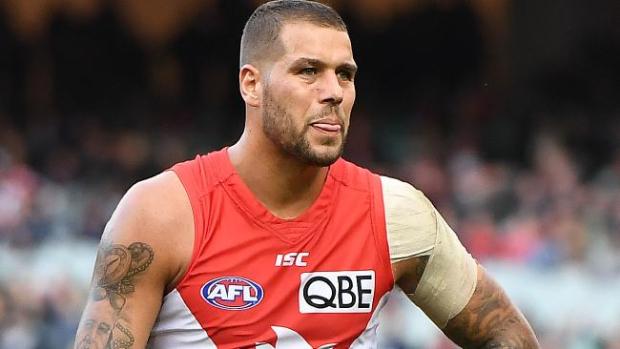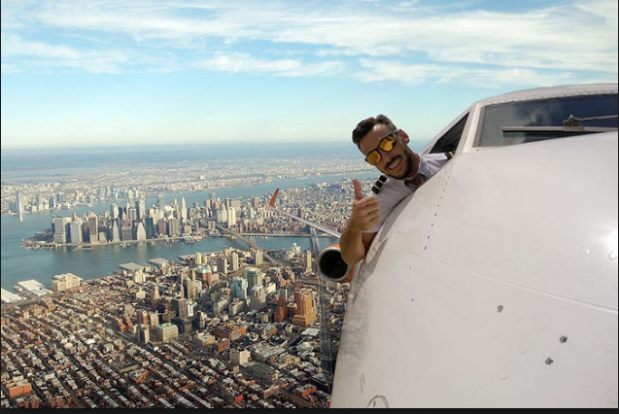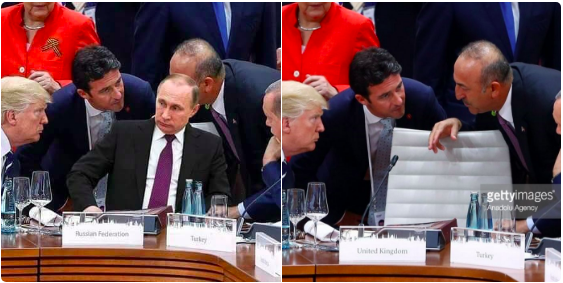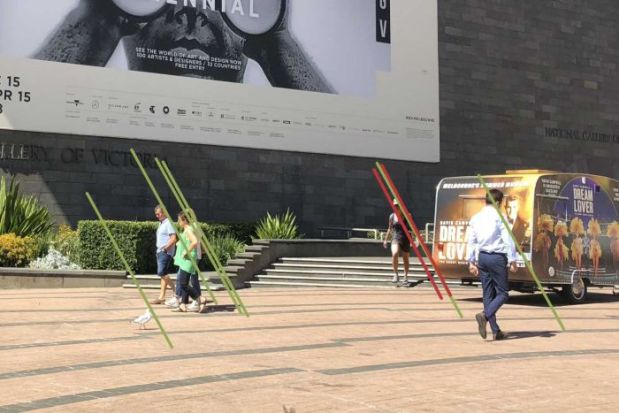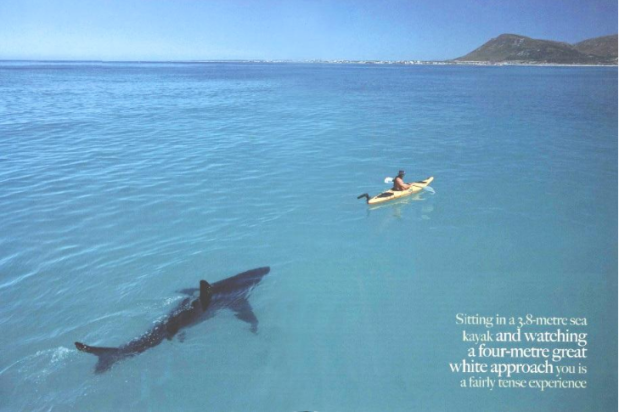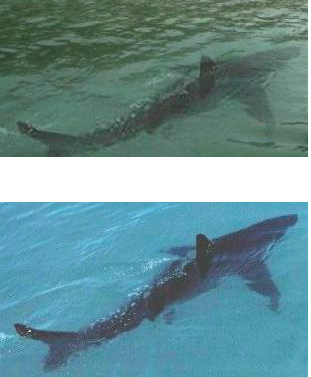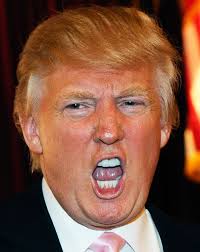The Fake News epidemic in Australia is not exclusive to western social media sites such as Facebook. WeChat, the Chinese social media behemoth, has a strong presence in Australia among international students from China of which there are almost 200,000 each year.

Chinese students who are unable to read local English language use WeChat as their primary source of news. The revenue model is similar to Facebook- the higher the views the higher the potential for advertising income. This results in the production of sensationalised fake news with themes of nationalism.

Australian Red Scarf is one of the most popular WeChat pages in Australia. The site claims to translate Australian news for a Chinese audience. However it is filled with exaggeration, opinion memes and attention grabbing headlines making it a source of Fake News.

Three top fake news stories are:
- Not only have the nuclear test areas been polluted, but every city of the Australian east coast is facing a nuclear crisis

2. Breaking! ISIS officially announced their Australian attack! Many famous locations in Sydney and Melbourne targeted

3. White Australia Policy is Back
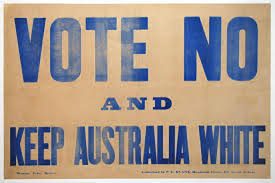
-Jake


